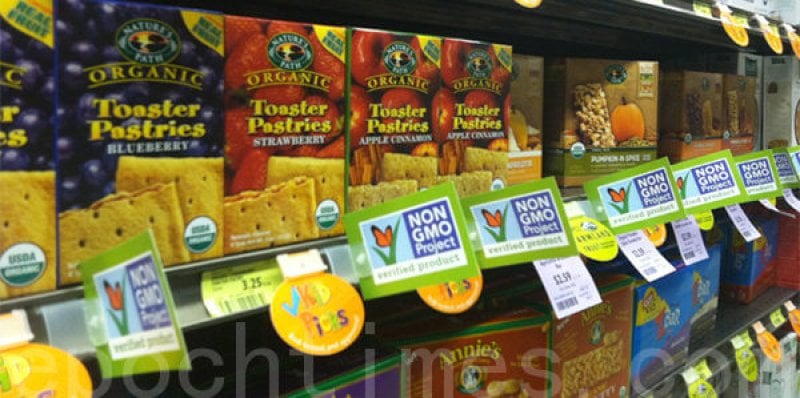Added costs for non-GM ingredients and changes in demand for non-GM foods determine non-GM price premiums… US Consumers have been paying price premiums of 10-62% for the non-GM products analyzed. The cost of mandatory labeling of GM foods depends on manufacturer decisions. If food manufacturers reformulate with non-GM ingredients, costs to consumers could be substantial…
Price premiums tend to be higher for non-GM and organic foods for which primary agricultural commodities and their derivatives have a high value share. These are often low value-added foods that are purchased by consumers with lower incomes who prepare and eat most of the meals at home… Greater attention on the distributional implications of mandatory labeling and the ensuing responses of manufacturers might be warranted…
Perhaps the most important conclusion to be drawn from our results is that non-GM foods are more costly than GM foods, and policies that encourage food companies to shift toward non-GM ingredients are likely to increase food costs…
Read full, original post: The price of non-genetically modified (non-GM) food (behind paywall)































